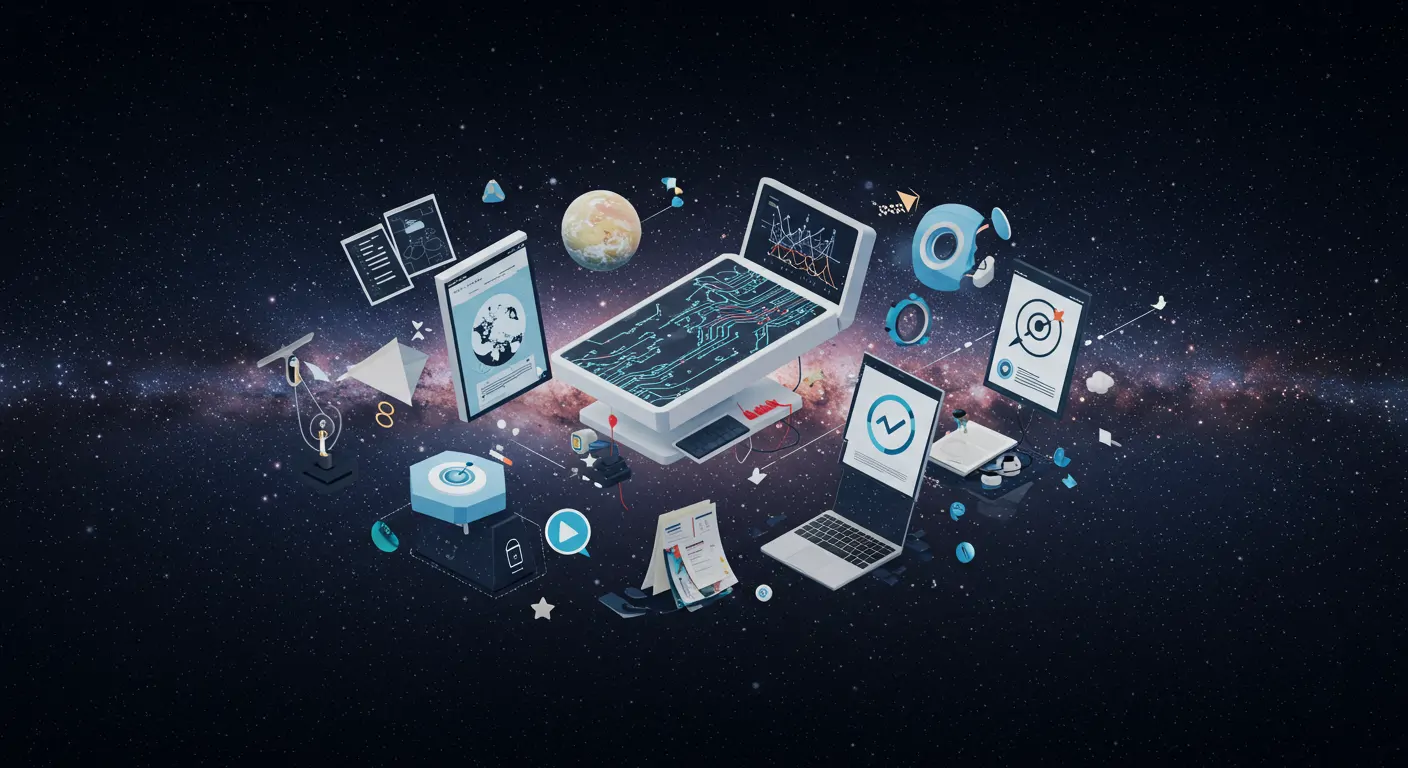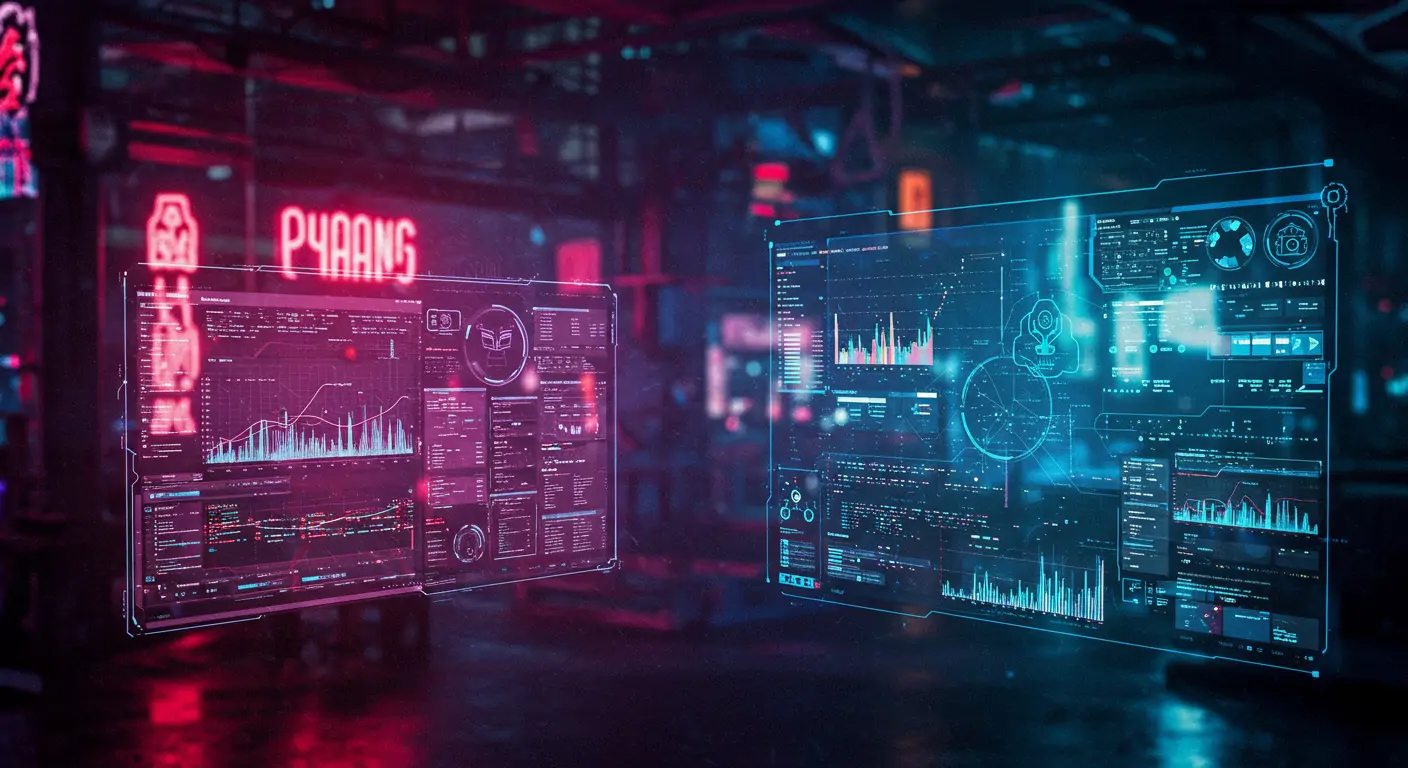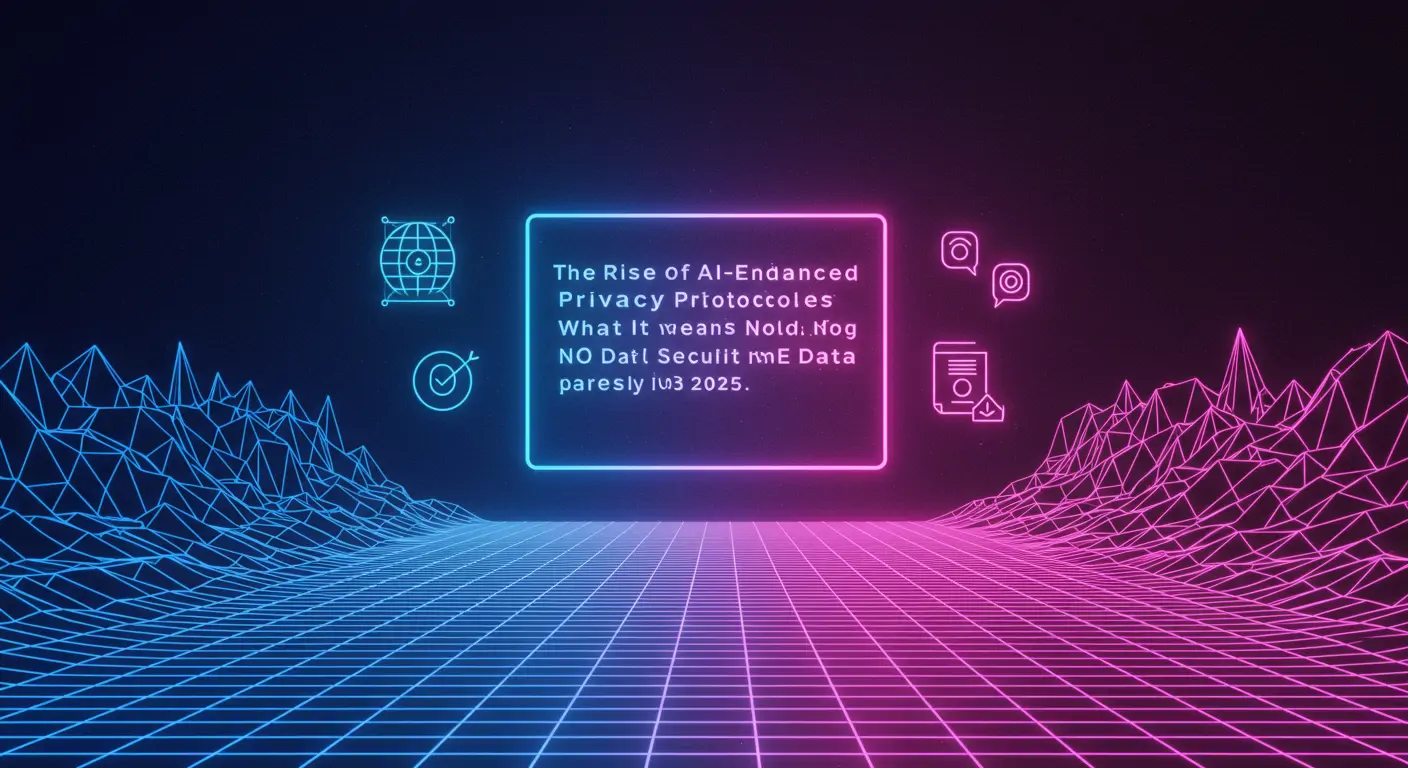Introduction: The Urgency of AI-Driven Sustainability
In January 2025, a report by the World Economic Forum highlighted that 74% of global CEOs see sustainability as a core component of business strategy, driven by AI innovations. This trend represents not just an environmental imperative but a seismic shift in corporate priorities, fundamentally reshaping industry landscapes. Industries from agriculture to manufacturing are deploying AI to optimize resource use, reduce waste, and enhance efficiency, impacting everyone from developers to C-suite executives. Estimated read time: 14 minutes.
Industry Shift: Current Adoptions and Innovations
As of February 2025, companies like IBM and Microsoft lead the charge, with both launching AI platforms tailored to sustainability. According to Gartner, the AI-driven sustainability market has reached $3.4 billion in revenue, reflecting a 260% growth from 2023. Traditional methods have struggled with scalability and precision, failing to match AI's ability to process complex environmental data in real-time.
Key Drivers: Factors Propelling AI-Driven Sustainability
Driver 1: Economic Pressures
With regulatory frameworks tightening globally, compliance costs are a significant motivator for sustainable practices. According to McKinsey, AI reduces these costs by 30% by enabling predictive analytics that prevent regulatory fines.
Driver 2: Technological Advancements
The proliferation of IoT devices, feeding data into AI systems, enables unprecedented insights into energy consumption and emissions, as reported by IDC's 2025 study.
Real-World Impact & Case Studies
Case Study 1: Siemens AG
Siemens implemented AI to optimize energy use in its factories, achieving a 24% reduction in energy costs within one year (2024). The key lesson: Predictive maintenance and energy management through AI yield significant savings.
Case Study 2: Nestlé
Nestlé used AI to streamline its supply chain, enhancing transparency and reducing waste by 18% by Q3 2024. This showcases AI's potential in creating more sustainable supply chains.
Industry Implications
For Developers
- Learn AI-driven data analytics tools like TensorFlow.
- Explore career opportunities in green tech development.
For Businesses
- Incorporate AI for strategic sustainability goals.
- Gain a competitive edge in regulatory compliance.
For Investors
- Identify startups focusing on AI and sustainability for investment opportunities.
- Be aware of market volatility due to regulatory changes.
Challenges & Criticisms
Despite the promise, AI-driven sustainability faces skepticism. Critics argue potential job losses in traditional sectors, as highlighted in the Economist's 2025 analysis. Moreover, reliance on AI poses ethical concerns, especially regarding data privacy and transparency.
Future Outlook: Preparing for the Next Phase
Short-term, expect AI-driven sustainability tech to permeate new sectors. By 2027, as projected by Forrester, AI could halve carbon footprints industry-wide. To adapt, businesses should integrate AI into all levels of operation, fostering a culture of continuous improvement.
Frequently Asked Questions
- What are the main barriers to AI adoption in sustainability?
- How does AI enhance resource management?
- What sectors will benefit most by 2025?
- How can small businesses leverage AI tech for sustainability?
Conclusion: Navigating the Future
- AI is pivotal in achieving sustainability goals.
- Businesses must harness AI for competitive advantage.
- Investors should focus on sustainable tech sectors.
- Continuous adaptation and learning are key.
For further insights, explore our in-depth analysis on sustainable technology trends.




